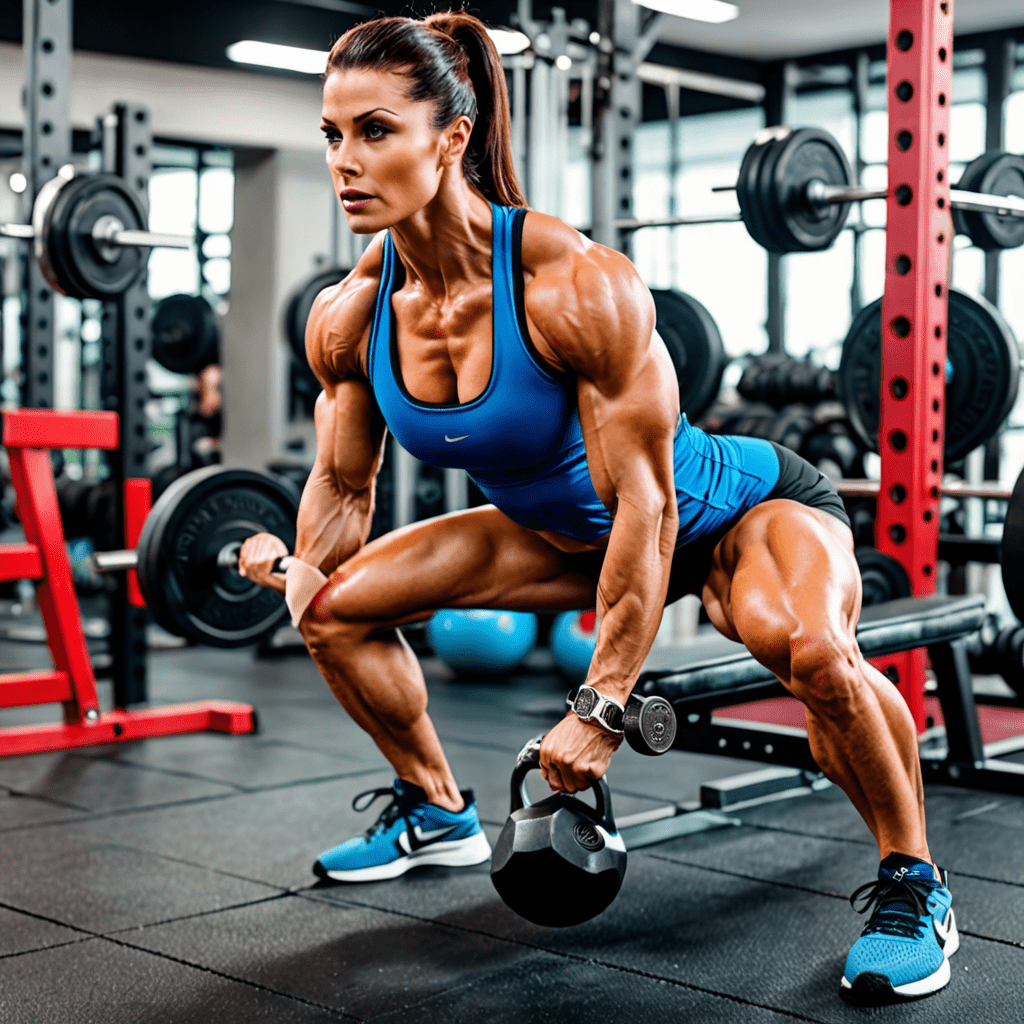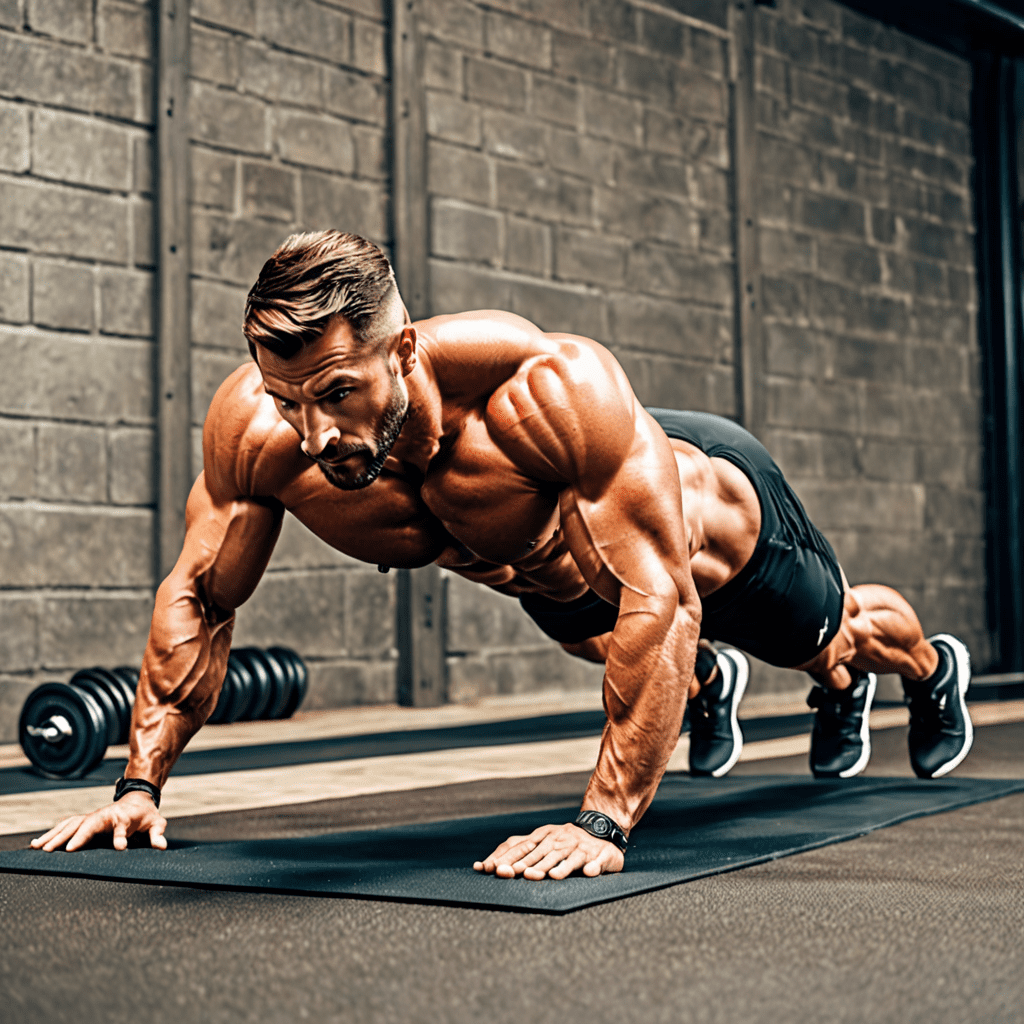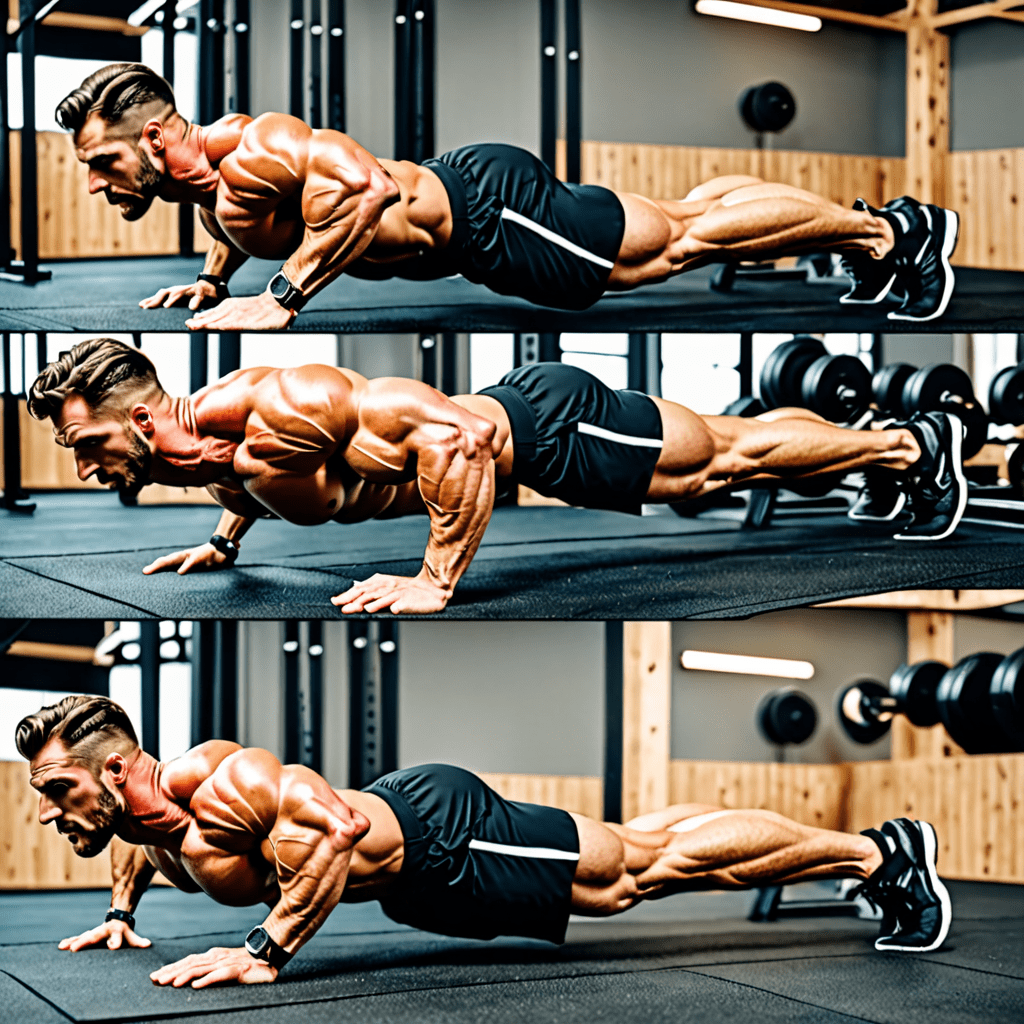
Revolutionize Your Leg Day
Mastering Heavy Squats Without a Rack
Introduction
For many strength enthusiasts, the squat is considered the king of all exercises. However, not everyone has access to a squat rack or power cage. The good news is that it’s still possible to squat heavy and effectively without a rack. In this guide, we’ll explore the techniques and equipment needed to achieve a solid squat workout without traditional gym equipment.
The Benefits of Squatting Heavy
Before diving into the specifics of squatting without a rack, it’s important to understand the benefits of including heavy squats in your workout routine. Squats are incredibly effective for building lower body strength, increasing muscle mass, and enhancing overall athletic performance. Additionally, they can contribute to improved posture, balance, and bone density.
Techniques for Squatting Heavy
When squatting without a rack, it’s vital to master proper form and technique to ensure safety and effectiveness. Initiating the squat workout with an appropriate warm-up can help prepare the body for heavy lifting. During the squat itself, maintaining a straight back, engaging the core, and achieving proper depth are crucial elements of successful heavy squats without a rack.
Equipment and Alternatives
While a squat rack provides stability and safety, several alternatives can be utilized to replicate the same level of support when squatting heavy without a rack. These include using a Smith machine, safety squat bar, resistance bands, or even heavy-duty wooden blocks. Each option comes with its own set of advantages and considerations, so it’s essential to choose the most suitable one based on individual requirements and preferences.
Nutrition and Recovery
Performing heavy squats without the assistance of a rack requires increased focus and energy. Proper nutrition and adequate rest play a significant role in supporting muscle growth and recovery. Consuming sufficient protein, complex carbohydrates, and healthy fats can aid in optimizing gains from heavy squat workouts. Additionally, allowing the body ample time to recover and repair following intense squat sessions is crucial for preventing injury and maximizing performance.
Training Tips and Progression
Consistency and progression are key components of successful squat training, regardless of the absence of a traditional rack. Incorporating various squat variations, such as front squats, goblet squats, and Bulgarian split squats can add diversity to the routine and target different muscle groups. Additionally, gradually increasing the weight and intensity of the squats over time can contribute to continuous strength development. Monitoring progress and adjusting the training regimen accordingly are essential for long-term success.
Seeking Professional Guidance
It’s important to note that while heavy squats without a rack are achievable, seeking guidance from a qualified fitness professional or experienced strength coach can provide valuable insights and personalized recommendations. Working with someone knowledgeable in the field can enhance safety, effectiveness, and overall training experience.
Frequently Asked Questions
Q: Can I still build significant lower body strength without using a squat rack?
A: Yes, it’s absolutely possible to build substantial lower body strength through squatting heavy without a traditional rack, provided proper techniques and equipment alternatives are utilized.
Q: Are heavy squats without a rack suitable for beginners?
A: While heavy squats without the assistance of a rack can be challenging, beginners can gradually incorporate them into their training program after mastering basic squat form with lighter weights.
Q: What are the potential risks of squatting heavy without a rack?
A: The primary risks include injury due to improper form, overexertion, and lack of appropriate support. Ensuring proper warm-up, technique, and equipment selection can help mitigate these risks.


